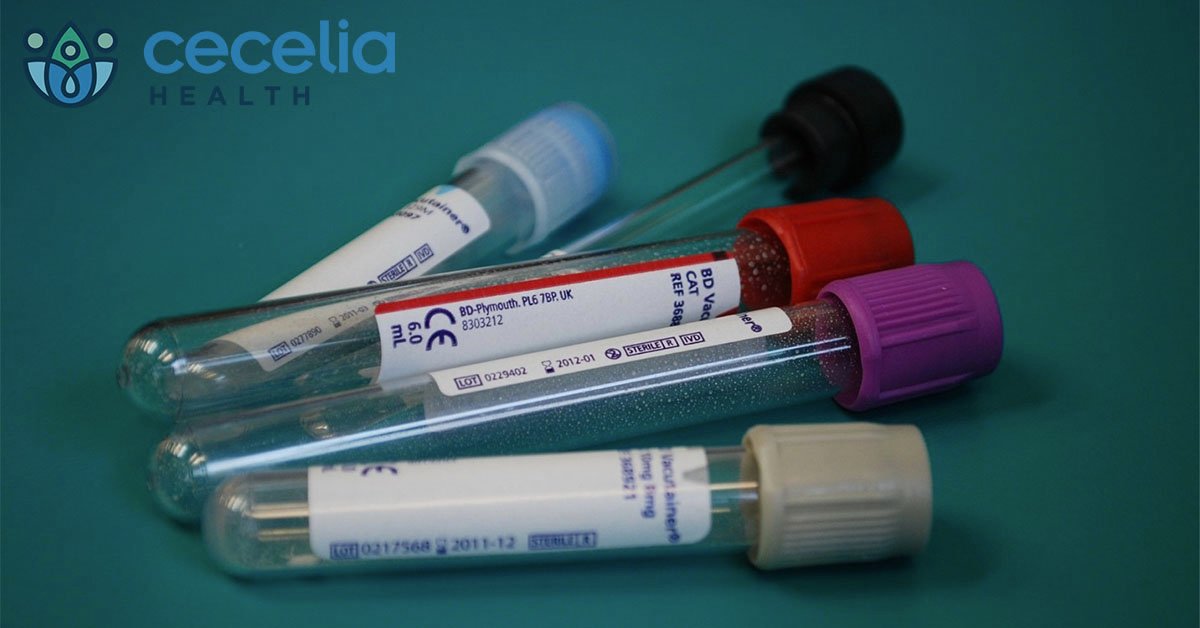The American Heart Association recommends that all adults 20 years or older should check their cholesterol every four to six years. Your individualized goals and risk factors depend on a number of things, such as your age, family history, lifestyle choices, and other diagnoses, as well as your lipid panel. The value in checking your cholesterol helps your health care professional to piece together your individualized risk for heart disease based on your lipid panel values and other risk factors. Usually your health care professional will order a test known as a lipid panel. However, there are so many components of your lipid panel it is challenging and can feel overwhelming to determine what is most important and what it all means. Read the descriptions below to break down the four most common components in your lipid panel to better understand your results, so you can take action towards an improved lipid panel today.
- Total Cholesterol – According to Cleveland Clinic your total cholesterol includes your high-density lipoprotein (HDL) cholesterol, low-density lipoprotein (LDL) cholesterol, and very low-density lipoprotein cholesterol. While it is generally recommended to aim for a total cholesterol of lower than 200mg/dL, other cholesterol components such as your HDL and LDL play a role in your risk of heart disease.
- High-density lipoprotein (HDL) – HDL is commonly referred to as the good cholesterol. HDL helps to keep bad cholesterol from building up in your arteries by taking it out of your blood. When you have less bad cholesterol in your blood, you are at a decreased risk for heart disease. Good HDL values are 60mg/dL or above. If your HDL values are too low, lower than 40mg/dL, you are at an increased risk for heart disease.
- Low-density lipoprotein (LDL) – LDL is commonly referred to as the bad cholesterol. When you have a buildup of LDL on your artery walls you have an increased risk of heart disease. Your LDL level should be below 100mg/dL. An easy way to distinguish between HDL and LDL cholesterol values is to remember your goal for your HDL is for it to be high, where your goal for your LDL is to be low.
- Triglycerides – Triglycerides are a type of fat in your blood. Elevated triglyceride levels are commonly found in individuals with heart disease, therefore increased triglyceride levels increase your risk of heart disease. Your triglyceride values should be less than 150mg/dL.
A variety of factors affect your lipid panel, such as your weight, activity level, your food and beverage choices, alcohol consumption, tobacco use, age, gender, and your family history. There are a number of factors to take into consideration to improve your lipid panel, such as making small lifestyle changes and considering your medication options. If you are looking for more information on managing your cholesterol values, view My Cholesterol Guide by The American Heart Association.
